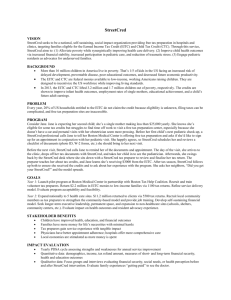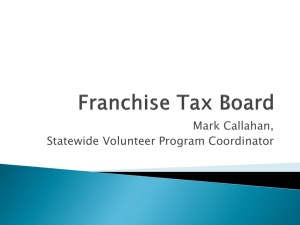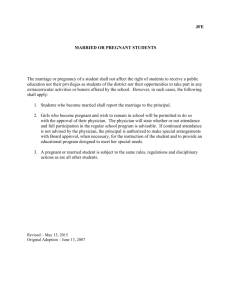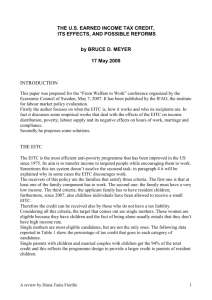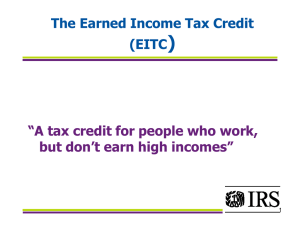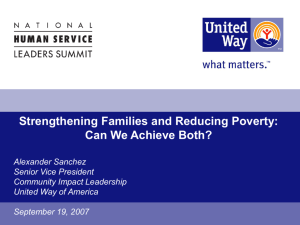BERNSTEIN
advertisement
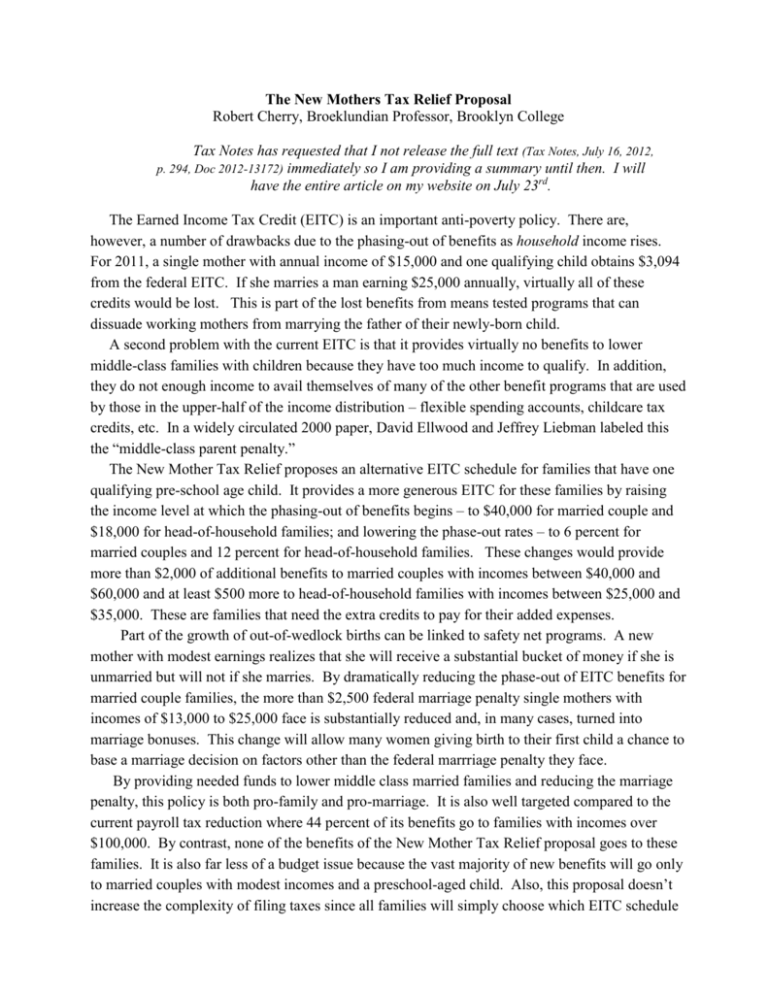
The New Mothers Tax Relief Proposal Robert Cherry, Broeklundian Professor, Brooklyn College Tax Notes has requested that I not release the full text (Tax Notes, July 16, 2012, so I am providing a summary until then. I will have the entire article on my website on July 23rd. p. 294, Doc 2012-13172) immediately The Earned Income Tax Credit (EITC) is an important anti-poverty policy. There are, however, a number of drawbacks due to the phasing-out of benefits as household income rises. For 2011, a single mother with annual income of $15,000 and one qualifying child obtains $3,094 from the federal EITC. If she marries a man earning $25,000 annually, virtually all of these credits would be lost. This is part of the lost benefits from means tested programs that can dissuade working mothers from marrying the father of their newly-born child. A second problem with the current EITC is that it provides virtually no benefits to lower middle-class families with children because they have too much income to qualify. In addition, they do not enough income to avail themselves of many of the other benefit programs that are used by those in the upper-half of the income distribution – flexible spending accounts, childcare tax credits, etc. In a widely circulated 2000 paper, David Ellwood and Jeffrey Liebman labeled this the “middle-class parent penalty.” The New Mother Tax Relief proposes an alternative EITC schedule for families that have one qualifying pre-school age child. It provides a more generous EITC for these families by raising the income level at which the phasing-out of benefits begins – to $40,000 for married couple and $18,000 for head-of-household families; and lowering the phase-out rates – to 6 percent for married couples and 12 percent for head-of-household families. These changes would provide more than $2,000 of additional benefits to married couples with incomes between $40,000 and $60,000 and at least $500 more to head-of-household families with incomes between $25,000 and $35,000. These are families that need the extra credits to pay for their added expenses. Part of the growth of out-of-wedlock births can be linked to safety net programs. A new mother with modest earnings realizes that she will receive a substantial bucket of money if she is unmarried but will not if she marries. By dramatically reducing the phase-out of EITC benefits for married couple families, the more than $2,500 federal marriage penalty single mothers with incomes of $13,000 to $25,000 face is substantially reduced and, in many cases, turned into marriage bonuses. This change will allow many women giving birth to their first child a chance to base a marriage decision on factors other than the federal marrriage penalty they face. By providing needed funds to lower middle class married families and reducing the marriage penalty, this policy is both pro-family and pro-marriage. It is also well targeted compared to the current payroll tax reduction where 44 percent of its benefits go to families with incomes over $100,000. By contrast, none of the benefits of the New Mother Tax Relief proposal goes to these families. It is also far less of a budget issue because the vast majority of new benefits will go only to married couples with modest incomes and a preschool-aged child. Also, this proposal doesn’t increase the complexity of filing taxes since all families will simply choose which EITC schedule to use: the current one or the new one depending on whether or not they have a qualify preschoolaged child. 2


